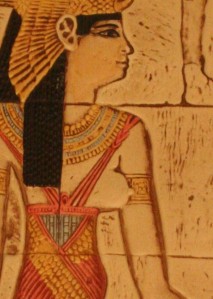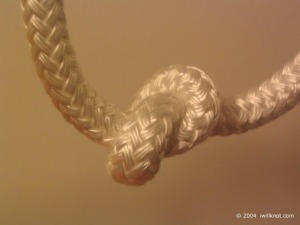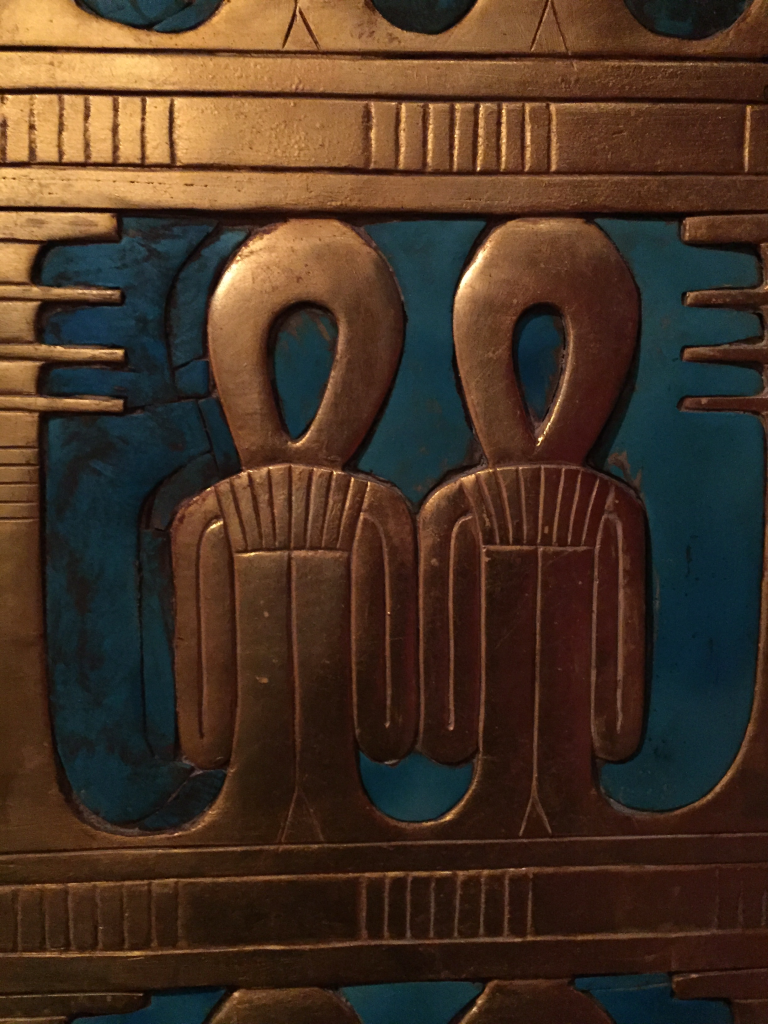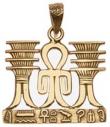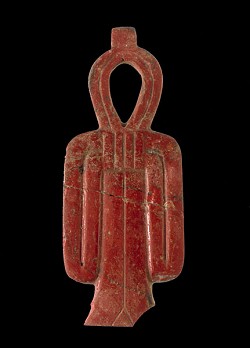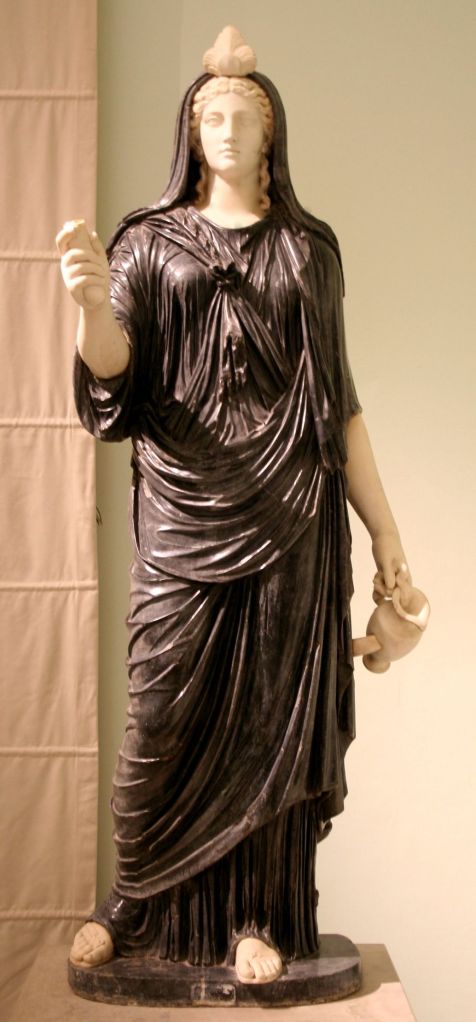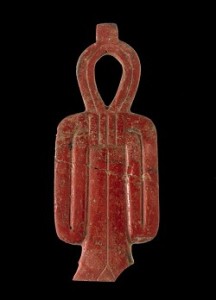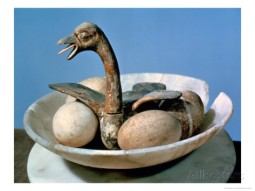I (almost) have my author copies of Offering to Isis! It’s been a long time coming, but it’s finally here.
The shipment is on the way from the printer to the publisher even as you read this. So, if you pre-ordered a copy, it should be on its way to you soon. If you’d like to order a copy, it’s available from Azoth Press at the Miskatonic Books website. Here’s the direct link.
I’ll do an unboxing video when I get my copies to show you more of the book. But in the meantime, here are some pics from the publisher:


I know a lot of you are familiar with Isis Magic, but maybe you haven’t yet come across Offering to Isis. I may be a bit partial, but I really like this book a lot, too.
Offering to Isis is about how we can connect with, honor, and grow our relationship with Isis through the ancient and eternal practice of making offering. Offering is one of the most important ways we human beings have always communicated with our Deities. It was vitally important in ancient Egypt and it’s just as important for those of us interested in or devoted to Isis today.
If you’ve ever wondered exactly what sort of things to offer to Isis, Offering to Isis includes in-depth explanations of 72 sacred symbols associated with Isis—symbols that make ideal offerings to Her.
We’ll also talk about the how and why of Egyptian offering practices, including the important and genuinely ancient Egyptian technique of “Invocation Offering.”
There’s information on exactly how the ka energy inherent in every offering is given to and received by Isis—and what to do with offerings once they’ve been received. You’ll also find a selection of offering rituals, from simple to complex, for a variety of purposes. Most rites are for solitary devotees, so I think you’ll find one that works just right for you.
If you’re curious and want to know exactly what’s in the book, you can download a PDF copy of the full Table of Contents by clicking on the caption under the “Contents” image.
The largest section of the book details the 72 sacred symbols of Isis. You’ll add to your knowledge of Isis and Her ancient worship by learning more about Her through Her important sacred symbols. You’ll see how each one is intimately connected with Her and how they may be used in offering rites for Her. Every entry also includes an Invocation Offering that you can use for your own offerings to Isis.
One of the things I especially like about this book is that you can just open it at random and you’ll likely find something you hadn’t known about Her, something that I hope will inspire you in your own devotions. For instance, how did the Knot of Isis come to be Her knot? What stones are associated with Her? What animals are connected with Her? Why are dreams especially important when it comes to Isis?
As it’s been a few years since this book was first published, the text has been thoroughly updated. All the hieroglyphs associated with the offerings have been re-illustrated and are much more accurate—and much more beautiful—in this new edition, too. There’s also a handy appendix in the back for quick reference in finding any offering you may need.
This new Azoth Press edition can be purchased only through the Miskatonic Books website. (If you go to Amazon, you will be ordering a 20-year-old paperback edition published by Llewellyn in 2005, which people are trying to sell at very inflated prices.)
Oh yes, and if you’d like, you can take advantage of Miskatonic’s installment plan that lets you pay over several months so it doesn’t take a big bite out of your budget. Plus, the new hardback edition is priced A LOT lower than those overpriced, out-of-print first editions that I’ve seen out there.
When you go to the Miskatonic site, you’ll find two different Azoth Press Offering to Isis editions. For the high rollers, there will be 36 copies in a gorgeous leather-bound and numbered collector’s edition. For the rest of us, there will be 650 numbered, limited edition copies in a cloth-bound hardcover. Both editions are two-color throughout, and more than 400 pages.
Thank you so much for letting me interrupt our regularly scheduled blog post to tell you about this new edition. And would you please do me a favor and share this information with anyone who you think might be interested? Feel free to ask me any questions about Offering to Isis that you’d like, too.
I’m definitely looking forward to getting my copy of this beautiful, new edition of Offering to Isis.
And while you might think it’s strange, even though I wrote the book, I still use it for reference when I’m making offering to Isis. I use the information in it as well as the Invocation Offerings. I hope this new edition will serve you well, too.






































